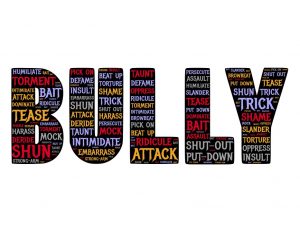I just returned from a cruise where I heard parents talking about how many of today’s high school graduates are not emotionally prepared ready for college. A discussion ensued about Stanford’s freshman counselor who found students unprepared and wrote the book, How to Raise an Adult: Break Free of the Over-parenting Trap and Prepare Your Kids for Success. A similar book I recommend is Slouching Toward Adulthood. Below are some of my thoughts on this book.
“Adultescents”
The former title, Slouching Toward Adulthood: Observations from the Not-So-Empty Nest written by Sally Koslow documents why a generation of carefully nurtured young adults is delaying adulthood. Though she offers no solutions except during a brief last chapter, she simply reports what she discovered from research and interviewing parents and what she calls “adultescents” during 2010 and 2011.
The Book
This thirteen chapter book provides a picture of college graduates returning home and living with their parents another decade or so. In the first chapter, A Public Display of Reflection, she explains how she learned that “twenty-eight is the new nineteen,” and included a new decade, the “odyssey, the decade of wandering that frequently occurs between adolescence and adulthood,” (p. 11) and she panicked. This information triggered the impetus for her book.
Great Book
I found this book so engaging. It’s flagged with countless post it notes and comments written throughout the book. She examines young adults’ relationships to work or not to work, money, and their social lives. In chapter three: Choose Your Own Adventure, she addresses the challenges with decision making. “Forget Plan B. There isn’t a Plan A,” (p. 24).
No Place Like Home
This entitled generation comes home after college because “…there’s nowhere else they could live better,” (p. 68). Two of my favorite chapters include chapter five: The U-Haul as Umbilical Cord and chapter six: Adultesents Without Borders. If your children have returned home or you hope they don’t return home, read this book. It gives a solid picture of what’s going on with the current generation of “adultescents.”
Book Information
Slouching Toward Adulthood: How to Let Go So Your Kids Can Grow Up by Sally Koslow, Plume Reprint Edition, 2013. Hardcover $14.95; paperback $16.00; Kindle $4.99.

 school.
school.


![Children_marbles [en.wikipedia.org]](https://fromdiaperstodiamonds.com/wp-content/uploads/2018/10/Children_marbles-en.wikipedia.org_-288x300.jpg) must resist the pressure. Although we’ll look at the child’s role in a later blog, there are parental roles that help reduce negative peer pressure for their school age children.
must resist the pressure. Although we’ll look at the child’s role in a later blog, there are parental roles that help reduce negative peer pressure for their school age children.


 push buttons while we stroll down the toy aisle. He hopes the buttons will make sounds and “talk” to him. As a child development specialist, I’m not too thrilled with his fascination because these toys don’t leave much to the imagination.
push buttons while we stroll down the toy aisle. He hopes the buttons will make sounds and “talk” to him. As a child development specialist, I’m not too thrilled with his fascination because these toys don’t leave much to the imagination.